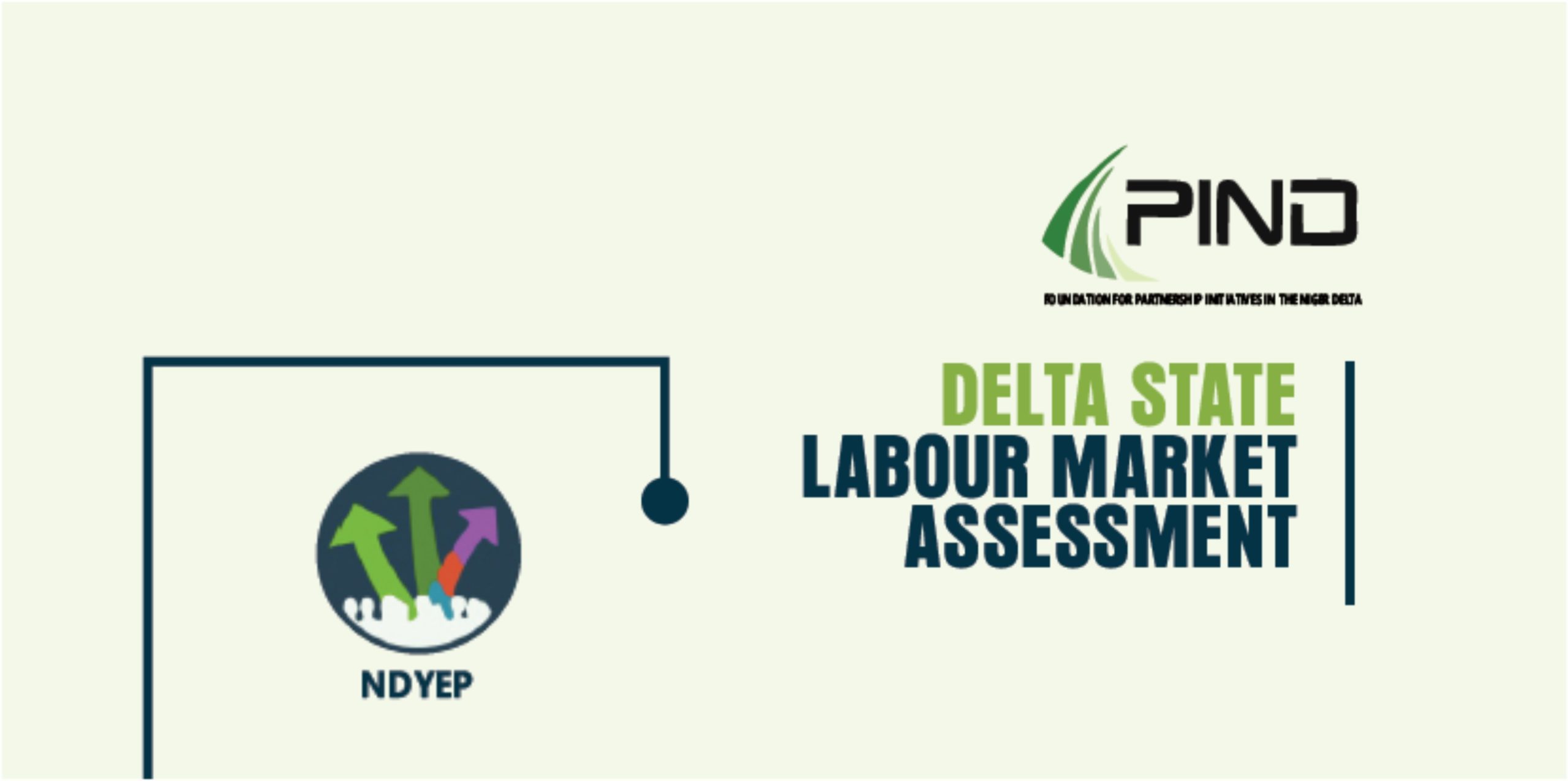
Youth unemployment and underemployment is a major challenge in developing nation like Nigeria where youth constitute more than 60% of the nation’s population. According to the National Bureau of Statistics (NBS) whereas national unemployment and underemployment rate escalated from 37.2% to 40% in the second quarter of 2017; that of the youth (15-35 age brackets) stood at the alarming rate of 52.6% in the same year. In comparison with some African countries, youth unemployment in Liberia stands at 4.7%, Kenya 8.7%, Egypt 26.3%, South Africa 27.7% etc. This is why youth unemployment in Nigeria has been referred to as a “ticking time bomb”.
Unemployment and underemployment among youths have strong correlation with social vices, crime and violence which are inimical to development. The entire Niger Delta in the recent past has been a theatre of violence, bloodletting, ransom taking and wanton destruction of national oil and gas infrastructure. In response to the challenge posed by the very high rates of unemployment or underemployment in the Niger Delta, particularly amongst the youth population, PIND with funding support from the Ford Foundation started the implementation of the Niger Delta Youth Employment Pathways (NDYEP) Project in the last quarter of 2017.
The Project seeks to map the ecosystem of skills development, analyse opportunities for employment creation and develop models of youth job readiness or workforce development that will provide disadvantaged young men and women in the Niger Delta the opportunity to secure sustainable jobs and enterprises.
The pilot phase of NDYEP was implemented in Abia, Akwa-Ibom and Rivers States with over 1400 youths trained in the first year of the project and another 3,180 trained in the second phase in target sectors of Agriculture, Information and Communication Technology (ICT), Construction, renewable energy (Solar) and Finished leather products.
Following the milestone achievements recorded at the pilot stage of the NDYEP project, PIND made the determination to extend the programme in 2020 to Delta State. It is to facilitate the process of extending NDYEP project to Delta State that gave rise to this study.
The labour market assessment will guide the design and implementation of a skill for employment
programme in Delta State which is consistent with the NDYEP framework. It was a “fit for purpose” research which outcome will serve as a replicable tool for out scaling NDYEP model to other Niger Delta States.
SOME KEY FINDINGS
- Available statistics shows that the Delta State economy has experienced some measure of growth. It had a GDP growth of 40.7% in 2017 and an average growth rate of 3.28% between 2013 and 2017. A sectorial analysis shows that the Agricultural sector, the Service sector and the Industrial sectors also experienced growth and contributed to the State’s annual GDP between 2013 and 2019.
- Unemployment is high in Delta State. Delta State has total labour force of 2,494,452 and resident unemployed (1,005, 848). NBS 2nd quarter 2020 ranked the State third among the South-South States at unemployed rate of 40.36% and underemployed 20.1%. This implies that the youth un-employment rate will even be higher, and has been estimated to be in the region of about 64%.
- Six systemic constraints to youth entry into work/employment in Delta State were identified.They include: widening rural – urban dichotomy, retarded industrialization, neglect of the agricultural sector, corruption, lack of synergy between the demand and supply sides of labour and poor attitudes of youths to certain categories of paid employments.
- Some workforce characteristics which can be described as drivers of youth unemployment identified in the State include: “get-rich-quick’’ syndrome, lack of interest for, and negativity towards paid employment (especially in oil bearing communities), poor wages/earning for low level entry staff and increasing number of school drop-outs.
